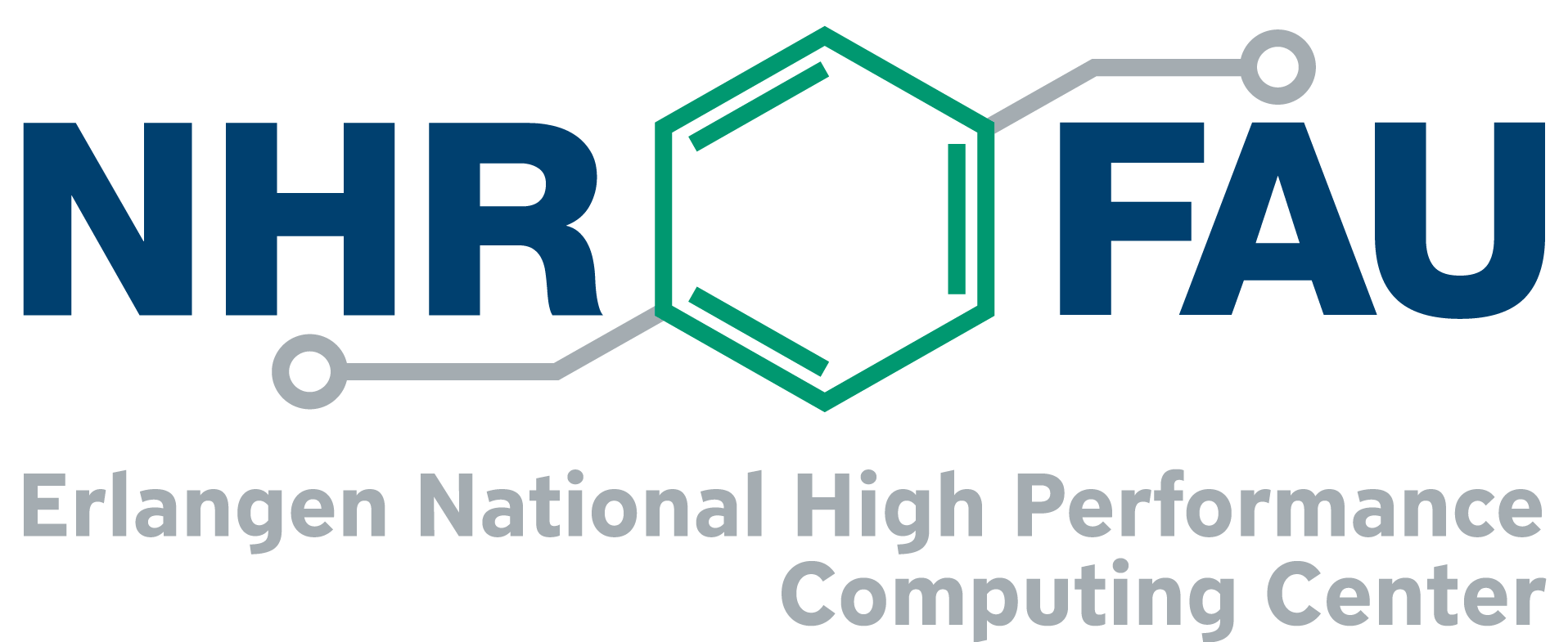HPC User Report from K. Nusser (Institute of Process Machinery and Systems Engineering)
Axisymmetric Turbulent Boundary Layers
The convex transverse curvature effects in wall-bounded turbulent flows were analyzed along a streamwise orientated circular cylinder with a large length to diameter ratio. In such flows an axisymmetric turbulent boundary layer (TBL) develops that can deviate from the planar TBL.
Motivation and problem definition
Turbulent flows that evolve over surfaces with a strong curvature normal to the mean flow exhibit TBL that show different behavior than their well-known planar counterparts, like flat plate or channel flow. A classical research case with a strong transverse curvature is the flow along a streamwise orientated circular cylinder with a large length to diameter ratio. In flows
along such geometries an axisymmetric TBL develops that has a thickness much larger than the cylinder radius. In this kind of flow curvature effects become important, yielding to changes in TBL properties, especially on mean velocity profiles and turbulent fluctuations, causing higher skin friction coefficients, different characteristics of wall pressure fluctuations and
higher anisotropy in the near-wall flow.
Methods and codes
 The open-source code OpenFoam (5.0) was selected as simulation platform. Several LES models were utilized to compare differences in the outcome. Among them are the Smagorinsky and One-Equation model with Van-Driest wall damping and the Wall-Adapting Local Eddy-Viscosity (WALE) model. A finite volume formulation was used with fully orthogonal O-type grid with up to 15 · 106 control volumes.
The open-source code OpenFoam (5.0) was selected as simulation platform. Several LES models were utilized to compare differences in the outcome. Among them are the Smagorinsky and One-Equation model with Van-Driest wall damping and the Wall-Adapting Local Eddy-Viscosity (WALE) model. A finite volume formulation was used with fully orthogonal O-type grid with up to 15 · 106 control volumes.
Results
Resulting mean velocity profiles, turbulent fluctuations, skin friction coefficient and TBL thickness are in good agreement with limited literature data. LES models show different results but none deviates significant from validation data. Gathered data can now be used as groundwork for further detailed investigations and the clarification of open research questions in connection with convex transverse curvature effects in wall-bounded turbulent flows.
Researcher’s Bio and Affiliation
Katrin Nusser studied Computational Engineering and is now a Ph.D. student in the group of Prof. Dr. Stefan Becker at the Institute of Process Machinery and Systems Engineering.
